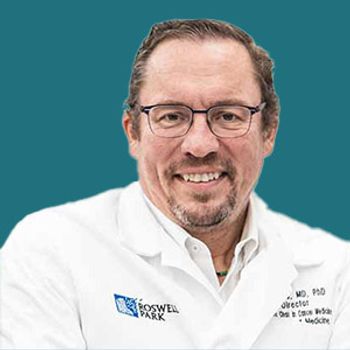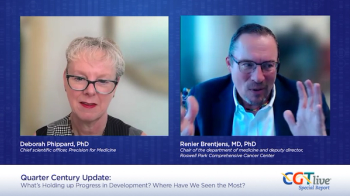
Amit Soni, MD, on Treating the First Patient With Hemophilia A Gene Therapy in the Real-World Setting
The medical director of the Center for Inherited Blood Disorders discussed the entrance of BioMarin’s val-rox into his center’s practice.
“This is a significant game changer. Gene therapy has been looked at for decades in hemophilia.”
On June 29, 2023, the
Following up on this milestone event, CGTLive® reached out to Amit Soni, MD, the medical director of the CIBD, to ask about his team’s experience in administering val-rox to the first patient outside of clinical trials in the US. Soni gave some background information about val-rox, which is administered as a one-time treatment and expected to have a durable effect on the disease, emphasizing that it has dramatically altered the landscape of care for patients with hemophilia A, some of whom previously have had no choice but to rely on exogenous infusions of Factor VIII every week or even multiple times per week. Soni also discussed the difference between treating patients with val-rox in clinical trials as opposed to the real-world, and highlighted the fact that Max was able to receive the gene therapy in an outpatient setting at his regular treatment center for hemophilia A, with his regular care providers, rather than at a hospital.
REFERENCES
1. U.S. Food and Drug Administration Approves BioMarin's ROCTAVIAN™ (valoctocogene roxaparvovec-rvox), the First and Only Gene Therapy for Adults with Severe Hemophilia A. News release. BioMarin Pharmaceutical Inc. June 29, 2023. Accessed April 25, 2024. https://investors.biomarin.com/2023-06-29-U-S-Food-and-Drug-Administration-Approves-BioMarins-ROCTAVIAN-TM-valoctocogene-roxaparvovec-rvox-,-the-First-and-Only-Gene-Therapy-for-Adults-with-Severe-Hemophilia-A
2. Center for Inherited Blood Disorders Administers Country's First Gene Therapy Infusion to Treat Hemophilia A. News release. Center for Inherited Blood Disorders. January 11, 2024. Accessed April 25, 2024. https://firstwordpharma.com/story/5817834?from=article
Newsletter
Stay at the forefront of cutting-edge science with CGT—your direct line to expert insights, breakthrough data, and real-time coverage of the latest advancements in cell and gene therapy.










































